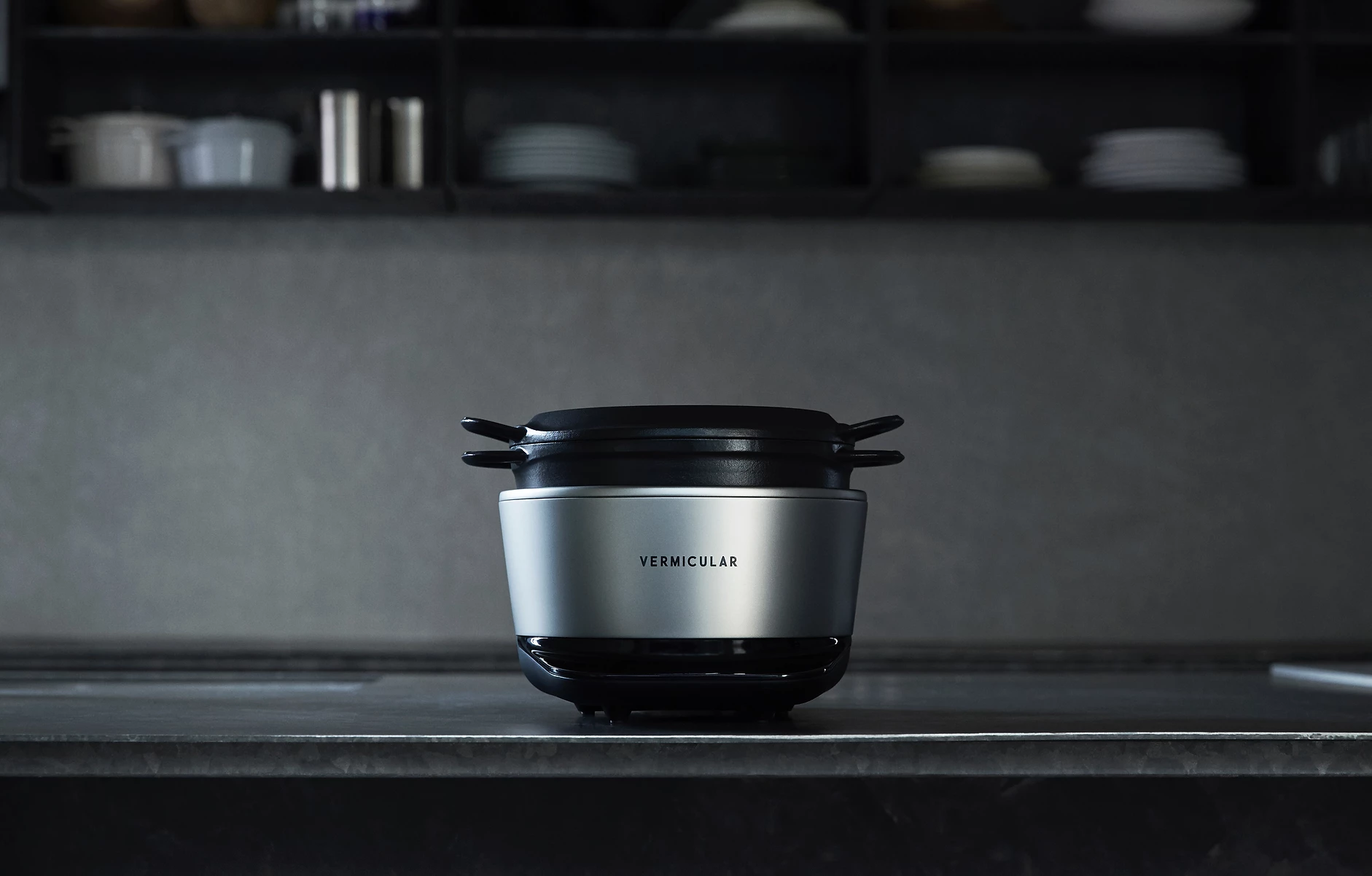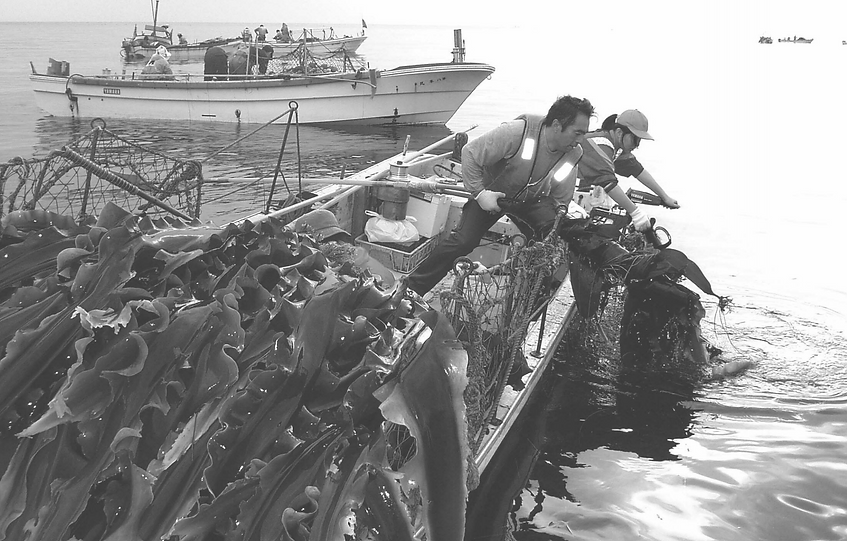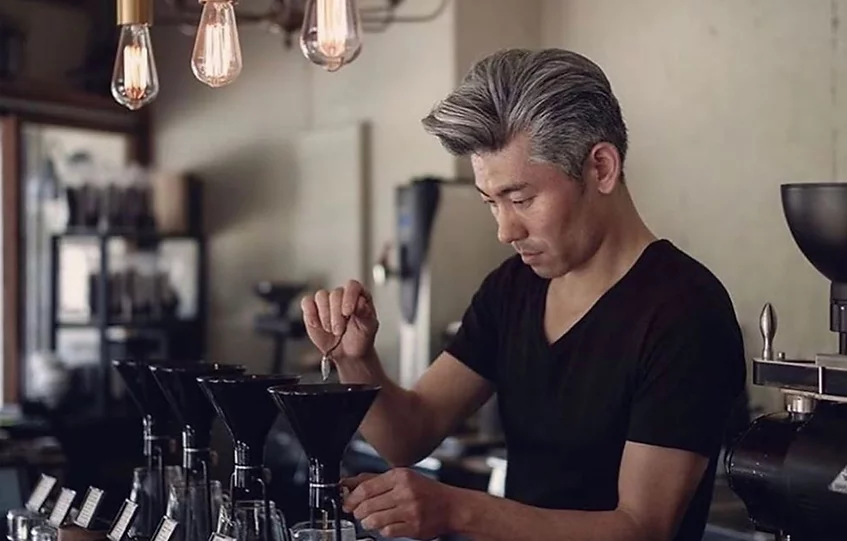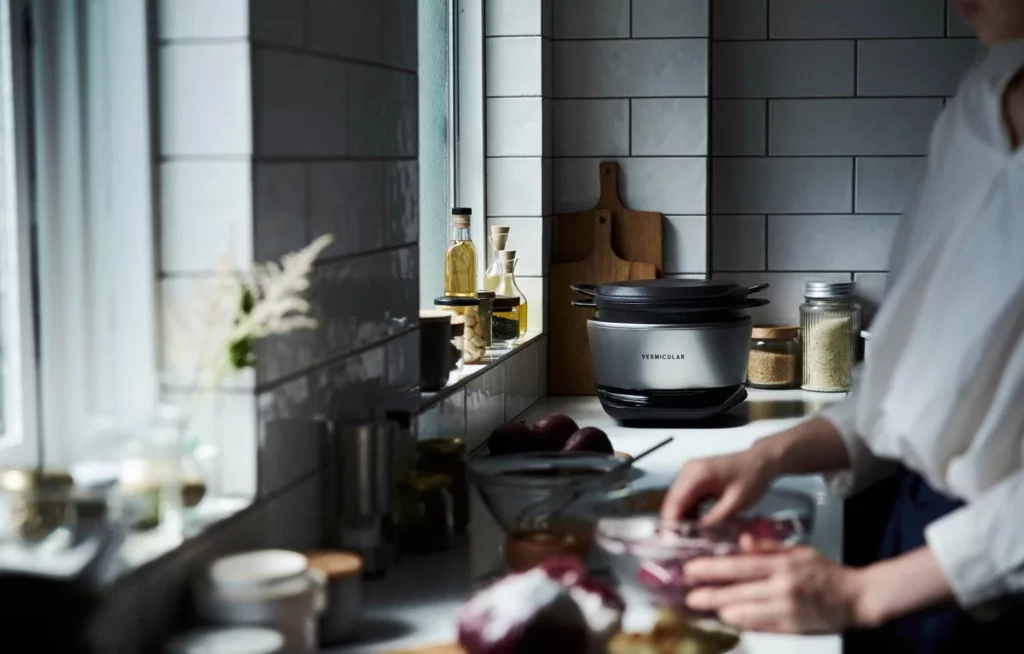
Creative control.
Cooking involves the whole range of human senses. Sight, sound, smell, taste, and touch are ever-present in food, with love being that intangible triumphal quality that ties everything together in a shared meal. When considering the right tool for the kitchen, the best ones merge durability, functionality, and potential—that is, how far one can take cooking within the limits of the tool itself. Leave it to the Japanese to channel generations of perfection-seeking into something genuinely noteworthy: Vermicular’s Musui–Kamado.
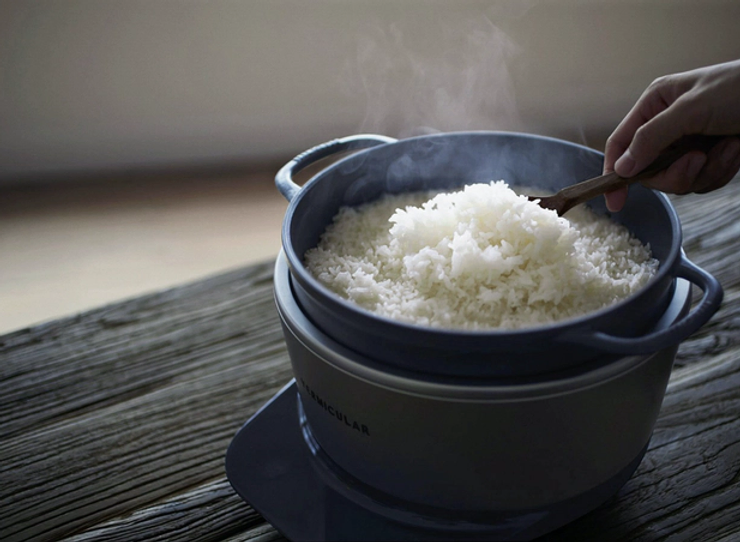
Rice cooking
The kamado heating unit owes its name to the traditional Japanese wood-fired stove. Through a feat of modern engineering, the kamado achieves complete, even heat distribution in a compact form factor. The result is the closest thing to having a fire-heated cauldron in the kitchen.
The Japanese are a people on a never-ending quest for the best rice cooker. In 2010, when Vermicular originally released the musui pot in Japan, it earned widespread acclaim. There was a 15-month wait-time to purchase it, followed by a five-month waiting period for the kamado when it released in 2016.
We understand the fanfare. Testing its rice-cooking capabilities, we found the automated setting delivered impressive results. Every single grain had a shiny gloss, the texture was fluffy, and the taste was sweet.
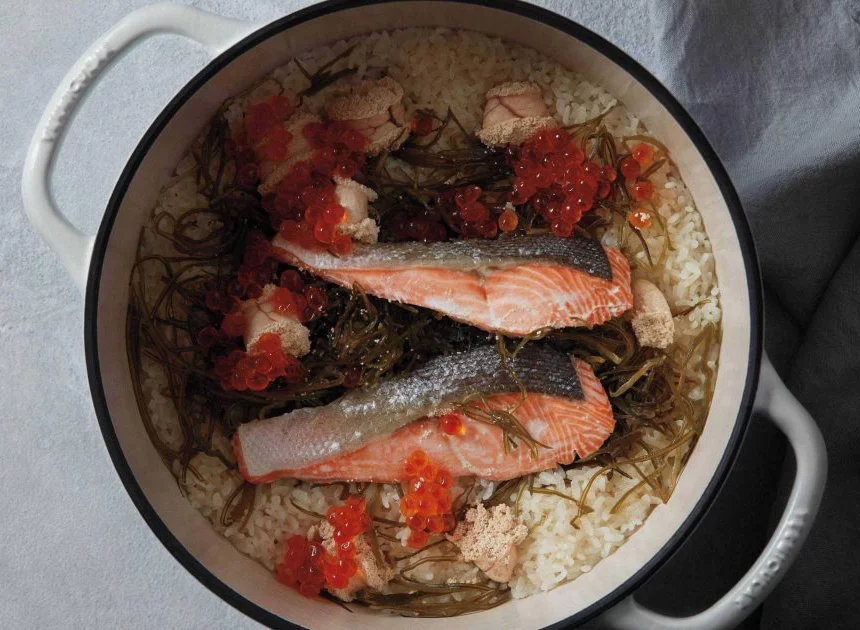
Going waterless
Musui means “waterless” in Japanese, and the musui pot’s precision seal allows the flavor of the ingredients to intensify as it draws out their inherent moisture and flavor. Waterless cooking is generally more nutritious because the concentration of flavor comes without compromising nutrient density, and it is an effective method for coaxing umami flavor out of ingredients.
Cooking musui curry, for example, was a test of the musui pot’s precision seal. Filling the cast iron pot with layer upon layer of vegetables set on low heat yielded a veritable vegetable soup. Even heat distribution allowed the ingredients to flourish. The liquid drawn from the pot’s contents was pure and delicious.
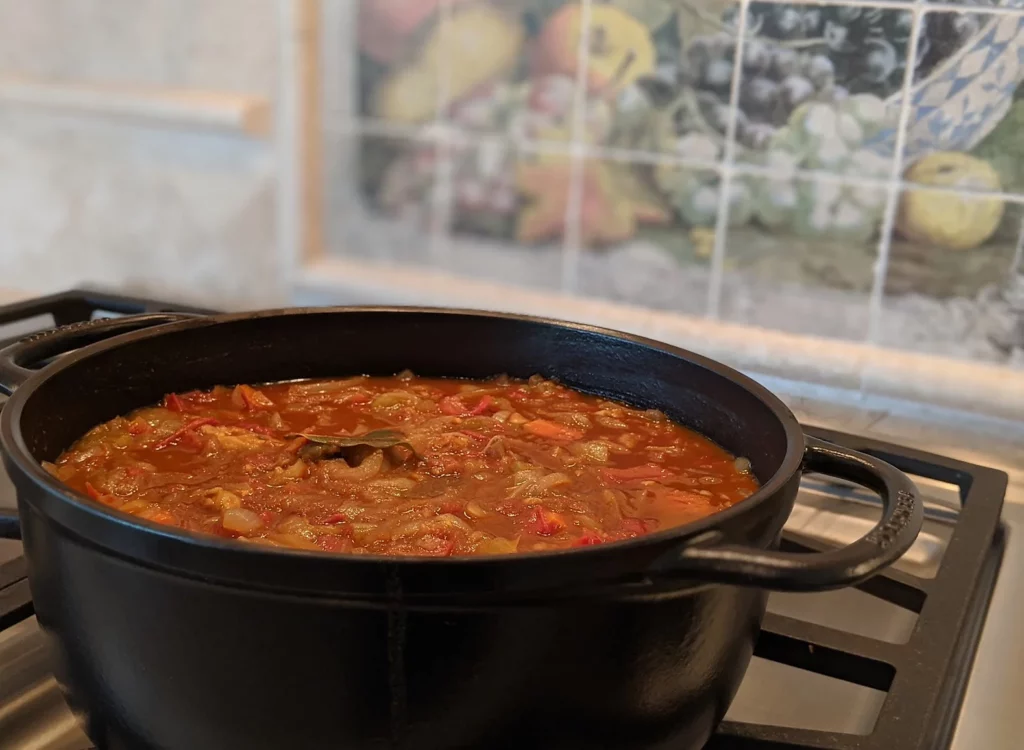

Temperature and time
Two fundamental features of the Musui–Kamado distinguish it as a multi-cooker: even heat distribution and simple, streamlined heat settings. For example, when slow-roasting sweet potatoes or doing waterless cooking, LOW is all you need. However, yogurt-making and fermentation can take advantage of LOW or EXT LOW settings while also enabling the user to precisely adjust temperature to the degree when necessary. Vermicular’s highly calibrated heat technology allows pot-loads of ingredients to cook through without burning a single layer of food.
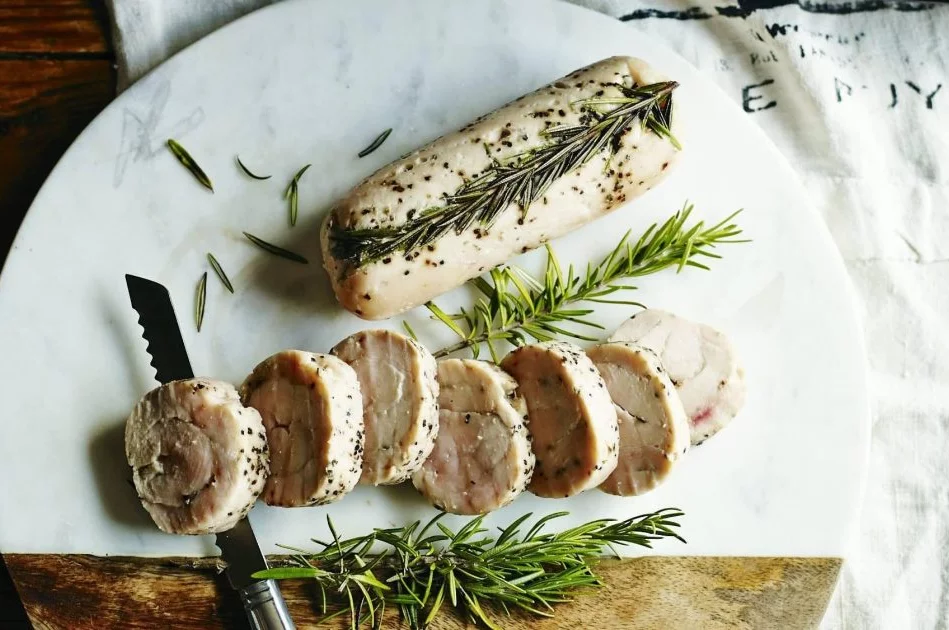
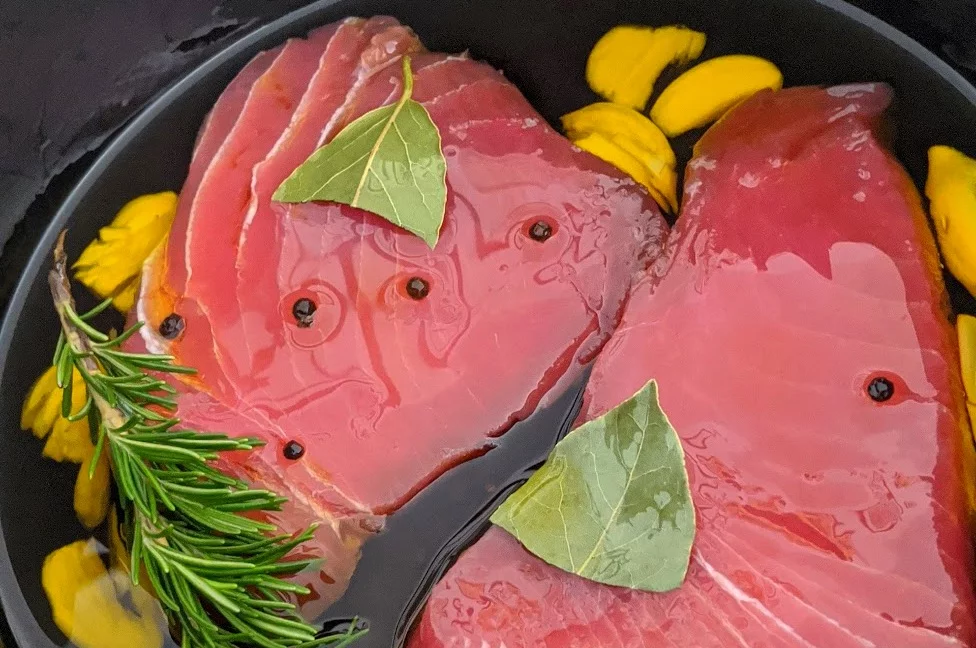
It can be used as a yogurt maker and fermentation vessel for temperature-sensitive recipes, where adjustments in 1ºF increments are important (one can create amazake, the healthy, fermented sweet rice drink of Japan, known throughout the country as “drinkable IV” for its nourishing potency).
And it can be used for baking bread, simplifying proofing by relying on the pot’s precision-sealed insularity
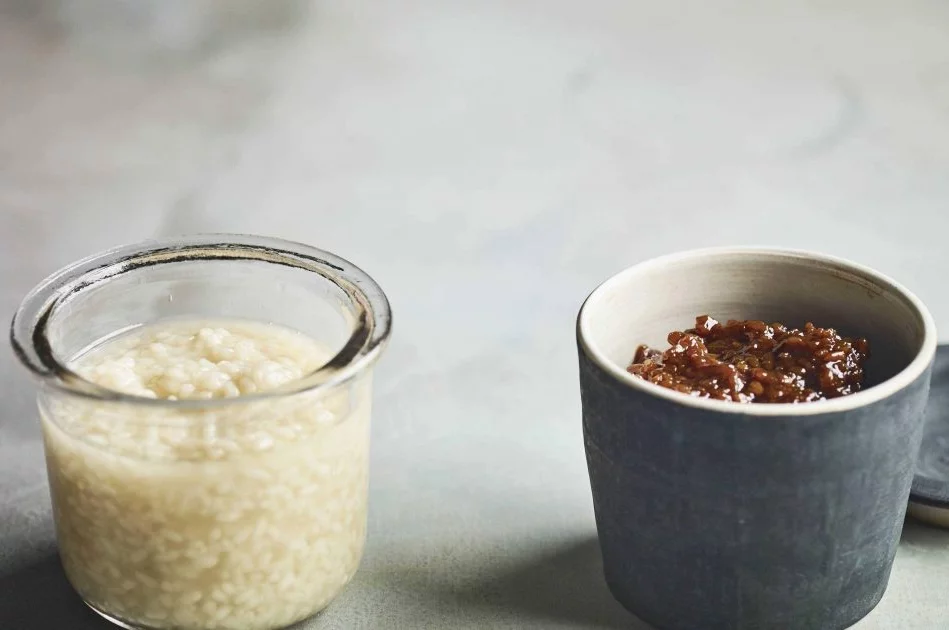
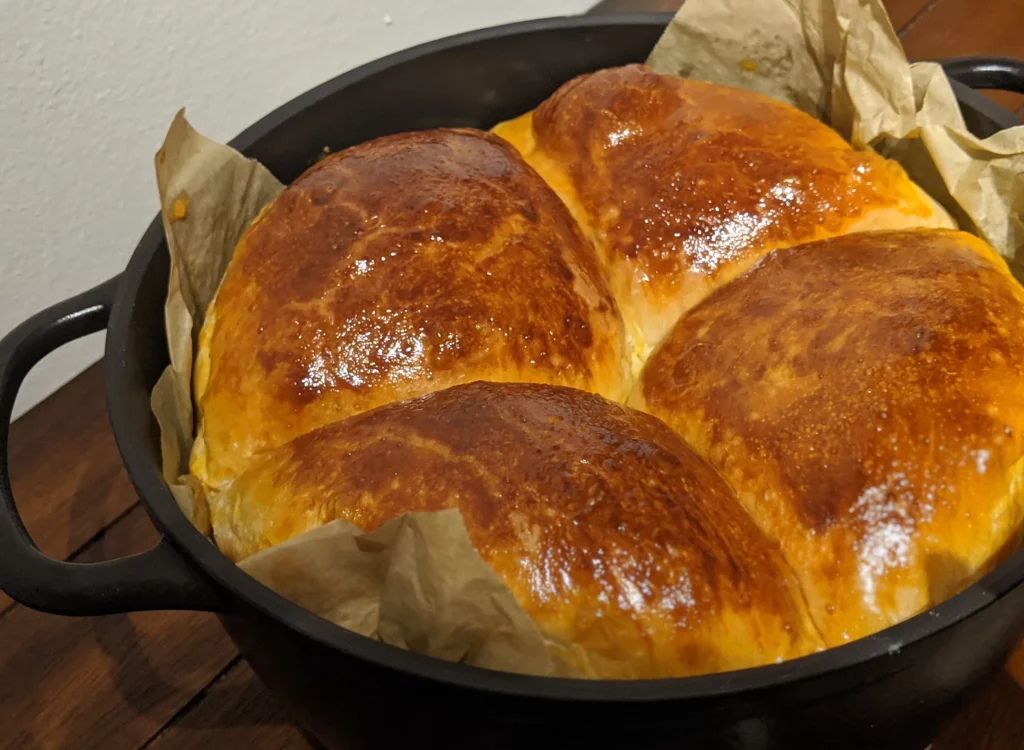
Irreplaceable quality
What is real convenience? These days, gadgets and devices built for cost-effectiveness seem to be the gadgets and devices more frequently in need of replacing. Similar to “affordability,” most electronic products advertise time-saving features. Yet with all the time saved, it seems more and more of us have less and less free time.
Quality is not an abstraction. It is concrete, and it is active. It is something one can feel in life and taste in food. The temptation to outsource our control—to have technology step in for us—is understandable in a fast-changing world. But we believe technology should be applied to enhance the human in the world, to augment our shortcomings, not supplant our strengths. Products should enable us to make better use of our time, whether it be in creating something new or relaxing in silence. And quality products should be able to last over the long-term, to withstand time itself so that we are better able to have time well spent.
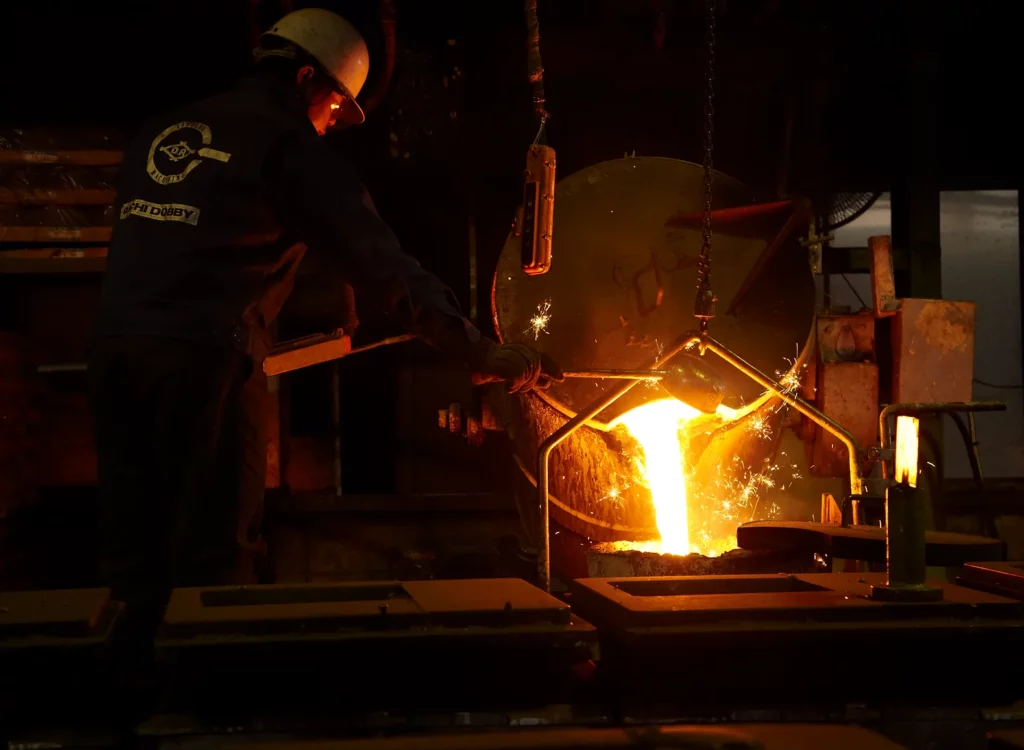
Vermicular (Aichi Dobby)
Vermicular village studio area, Canal side, 2 Funato-cho, Nakagawa-ku, Nagoya, Aichi, Japan
For an interactive experience on your next trip, see Vermicular Village
Contact us for further inquiries, recommendations, and more information about your travel plans throughout Japan.
